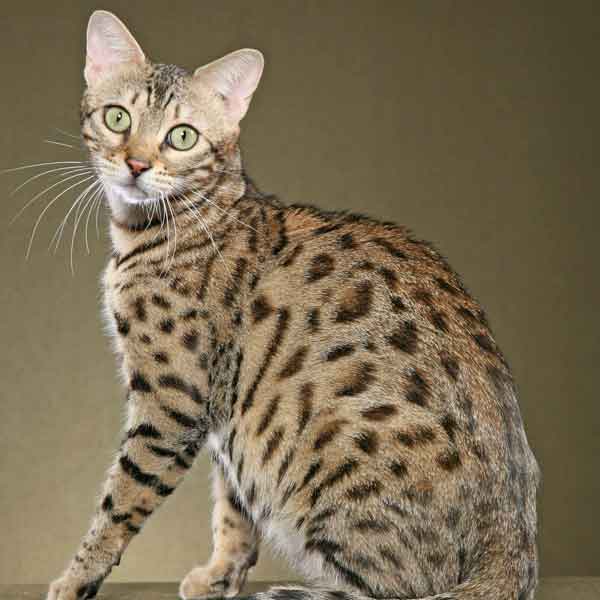 Fact 1: The color of their coat is actually a blueish gray tone. It grows short and thick in two layers, also known as a “double coat”
Fact 1: The color of their coat is actually a blueish gray tone. It grows short and thick in two layers, also known as a “double coat”Fact 2: The Russian Blue made his first appearance on the world stage of the cat fancy at an exhibit of cats held at London’s Crystal Palace in 1875. Labeled an Archangel Cat, because he was said to be from the Russian island of Archangel.
Fact 3: The Russian Blue has a reputation as a gentle, quiet cat, somewhat shy, but don’t get the wrong idea. This cat may have a reserved nature, but he loves to play and enjoys jumping or climbing to high places where he can study people and situations at his leisure before making up his mind about whether he wants to get involved.











